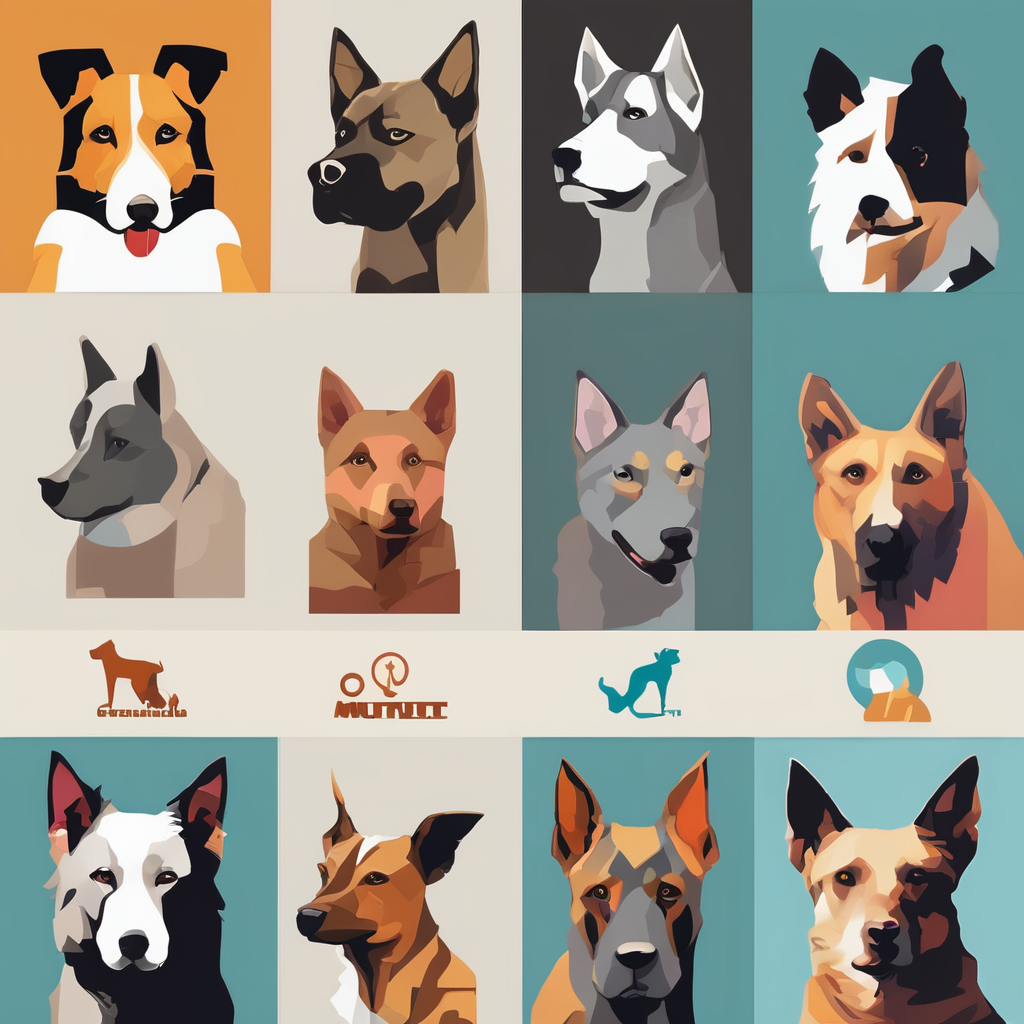Choosing the Right Travel Carrier
Selecting an appropriate travel carrier for birds is crucial for ensuring a safe and comfortable journey. With various carrier types available, it’s important to choose one that suits your bird species. Smaller birds like budgies may thrive in a compact, lightweight carrier, while larger species like parrots might require a sturdier and more spacious option.
When assessing bird carrier selection, consider key features like ventilation, accessibility, and visibility. Ventilation ensures fresh air during long travels, while multiple access points allow easy handling and feeding. Transparent materials can ease anxiety by allowing birds to see their surroundings, which also aids in a comfortable bird travel experience.
In the same genre : Snuggle up with adorable peppa pig plush toys for kids
Size and material are significant considerations; a carrier should be spacious enough for wings to stretch but not so large that it compromises safety. Durable materials such as stainless steel or reinforced plastic can withstand chew attempts, ensuring longevity and safety in travels.
Ultimately, the right bird travel carrier combines size, material, and features tailored to your feathered friend’s needs, paving the way for a comfortable bird travel.
In the same genre : The complete handbook for caring for long-haired cats in the uk: pro tips and essential techniques for flawless grooming
Safety Considerations During Travel
Ensuring bird travel safety is paramount for a stress-free journey. Implementing secure travel practices can minimise risks and improve your bird’s experience significantly. Prior to departure, inspect the carrier’s locks and handles to ensure they are secure and functioning.
Bird travel tips suggest positioning the carrier where it won’t slide or tilt during transit. In a car, seatbelts can be used to safely anchor the carrier. For air travel, always comply with airline regulations regarding pet carriers.
Recognising key signs of stress during travel is crucial. Panting, excessive vocalisation, or plucking are indications your bird may be under distress. Mitigation strategies include covering the carrier with a breathable cloth to reduce sensory overload while maintaining ventilation.
Additional bird travel tips include maintaining a consistent temperature and avoiding loud, abrupt noises that could startle your pet. Providing small food and water dishes inside the carrier can keep them comfortable, though they should be secured to prevent spillage.
Prioritising bird travel safety through appropriate precautions not only ensures the well-being of your pet but also enhances the overall travel experience, allowing for a smoother journey for both bird and owner.
Creating a Cozy Environment Inside the Carrier
Ensuring a comfortable bird travel experience begins with the right bird carrier bedding. Proper bedding and padding are vital for adding comfort and stability. Safe and absorbent materials, like shredded paper or soft towels, are excellent choices. These not only provide a cushioned layer but also absorb moisture, maintaining a clean environment.
Arranging bedding securely is crucial to prevent it from shifting during travel. This stability can be achieved by layering materials snugly within the carrier base, ensuring the comfort stays intact throughout the journey. Avoid using loose bedding that can slide around, as this might disturb your bird or become a distraction during transit.
In addition to comfort, the bedding should be easy to clean or replace, ensuring hygiene is maintained without hassle. The right choice of materials and proper arrangement can substantially enhance carrier comfort for your feathered friend. Remember, a cozy environment sets the foundation for reducing travel stress, enabling your bird to feel secure and safe throughout the trip.
The Role of Toys and Accessories
Incorporating bird toys for travel can significantly lessen stress and promote comfortable bird travel. When selecting toys, opt for ones that are safe, durable, and appropriate for your bird’s size and species. Interactive toys can engage your bird’s curiosity, providing distraction and comfort during transit.
Placement within the carrier is crucial. Ensure toys are positioned so they can be easily reached without obstructing the bird’s movement or view. This setup encourages play while maintaining safety. Arrange accessories securely to prevent any potential injuries from shifting items.
Additional carrier accessories, like attached food and water containers, are essential for long journeys. These should be firm yet accessible, to prevent spillage and allow easy consumption. Opt for non-spill designs to keep the carrier dry and clean, adding to the overall travel comfort.
Using a combination of carefully selected toys and practical accessories not only enriches the travel experience but also provides a sense of normalcy. This helps in reducing anxiety, ensuring a smoother and more enjoyable journey for both the bird and the owner.
Acclimatization Techniques
Acclimating birds to carriers is a fundamental step in ensuring pet bird comfort during travel. Familiarizing your bird with the carrier well before the journey can significantly reduce travel stress. Begin by placing the carrier in a familiar environment, allowing your bird to explore at their own pace. Gradually increase their exposure by encouraging short periods of time inside the carrier.
To ease anxiety, incorporate positive reinforcement techniques. Offer treats or verbal praise when your bird engages with the carrier. This association of the carrier with positive experiences helps in building a sense of security.
Gradual acclimatization can also involve simulated travel experiences. Gently rocking the carrier or brief car rides can help the bird adapt to the motion and sounds of travel. Always ensure the environment remains calm and consistent, avoiding abrupt changes that might alarm your bird.
These acclimatization techniques not only prepare your bird physically but also emotionally, promoting a smoother transition to travel. Consistent, gentle exposure and positive reinforcement make the carrier a familiar and safe space, significantly enhancing overall travel experience.

